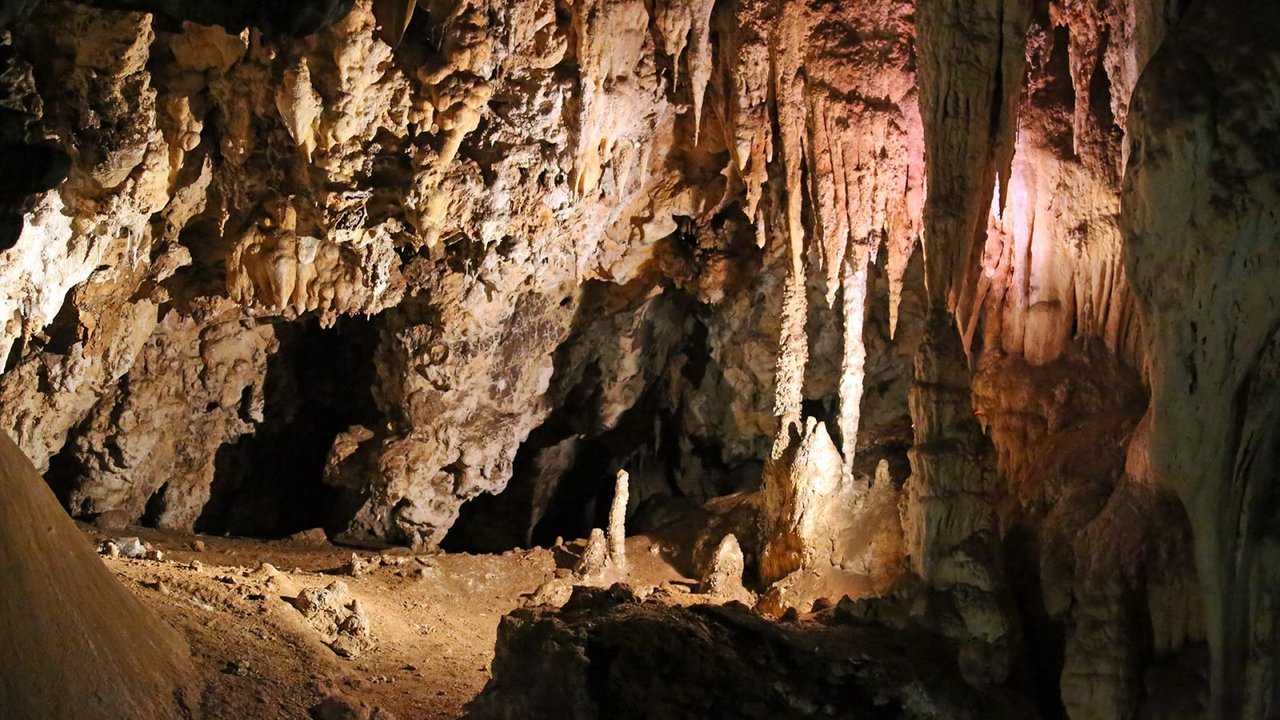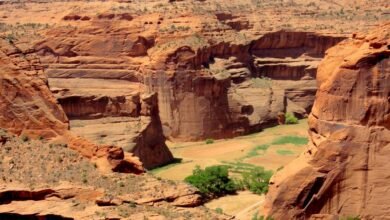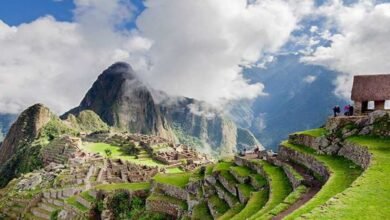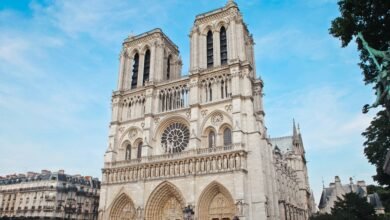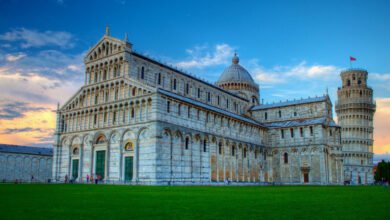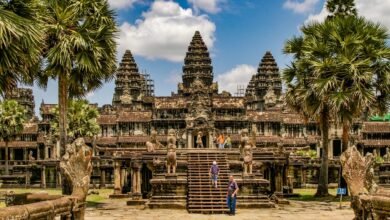The Cradle of Humankind, Have you ever wondered where our species, Homo Sapiens, originated? Where did the roots of humankind start? Let’s embark on an adventure to a destination called the Cradle of Humankind.
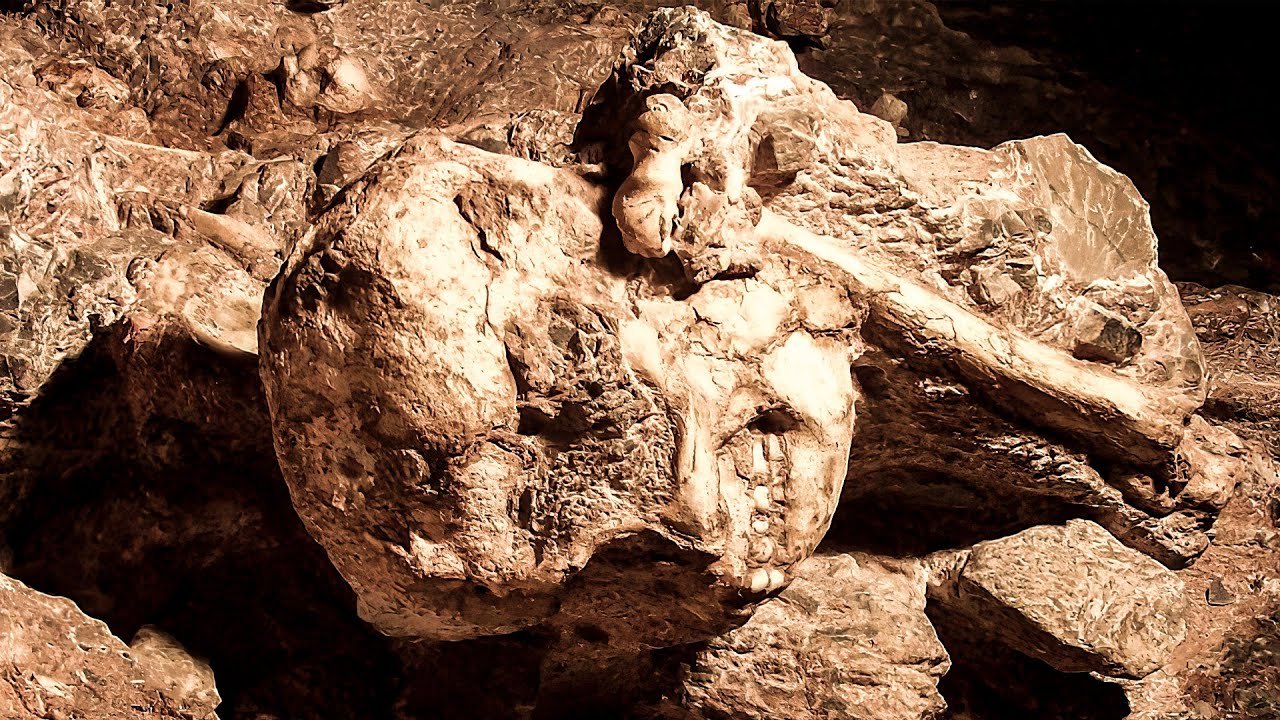
Exploring the Concept
The Cradle in South Africa, positioned close to Johannesburg, is an in-depth place of archaeological and palaeontological significance. It is considered one of the most critical websites globally, with a recorded relationship of tens of thousands and thousands of years. This site is a reminder of our ancestry and evolution.
The UNESCO Heritage Site
The Cradle earned recognition as a UNESCO World Heritage Site in 1999 for its remarkable fossil record. Below are some of the noteworthy locations to explore:
- The Sterkfontein Caves: It’s known for being the site where the first adult Australopithecus was discovered, famously known as ‘Mrs. Please.’
- The Swartkrans: Home to over 200 hominid fossils and some of the earliest evidence of controlled fire usage.
- Kromdraai Fossil Site: This is where Paranthropus robustus, a heavy-jawed hominid, was discovered.
Historical Significance
The Cradle unravels the mysteries of our past through significant discoveries:
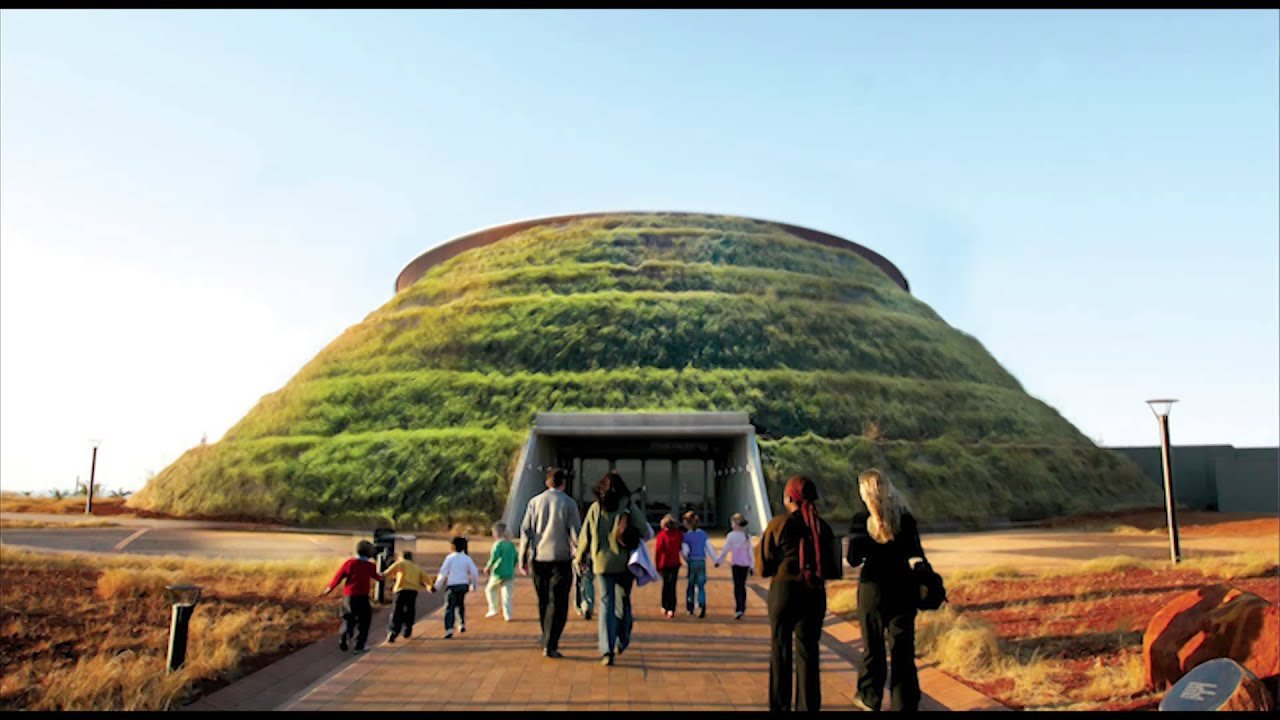
- The Story of Little Foot and Mrs. Ples: The complete Australopithecus skeleton, Little Foot, along with Mrs. Ples, offers a window into the life of our ancestors.
- The Swartkrans Man: The discovery of Homo Erectus remains, known as the Swartkrans Man, shows how our ancestors started using tools and fire.
Archaeological Impact
- The Cradle of Humankind has reshaped our understanding of human evolution:
- Understanding Evolutionary Anthropology: The rich fossil record helps us understand the journey from primates to modern humans.
- The Role of Palaeontology: Fossil discoveries have contributed significantly to palaeontology, especially in studying hominids.
The Modern Significance
The Cradle holds significance beyond its paleontological treasures:
- Cultural Significance: This internet site is a tribute to our shared background and represents the essence of African identity.
- Ecological Significance: This location is home to various plant and animal species, making it a hub for biodiversity.
Visiting the Cradle of Humankind
Planning a visit? Here’s what you need to know:
- How to get there: Located simply an hour’s pressure from Johannesburg, it is effortlessly available via road.
- What to expect: From guided cave tours to an interactive visitor’s centre, expect a captivating journey into our past.
Conclusion
The Cradle of Humankind is a monument to our collective past, serving as a tangible connection to our ancestors. From archaeological findings to cultural and ecological significance, it truly is a treasure trove of human history.


